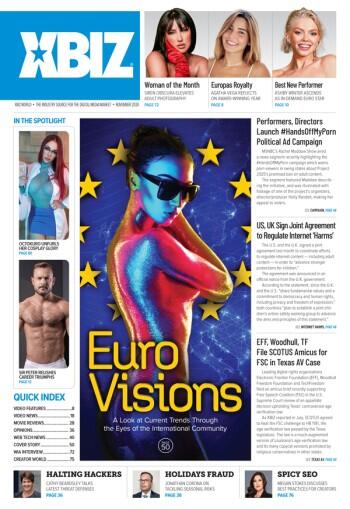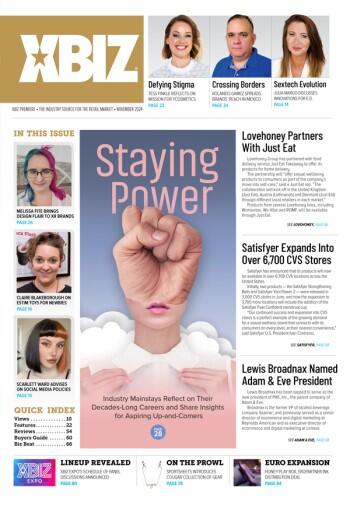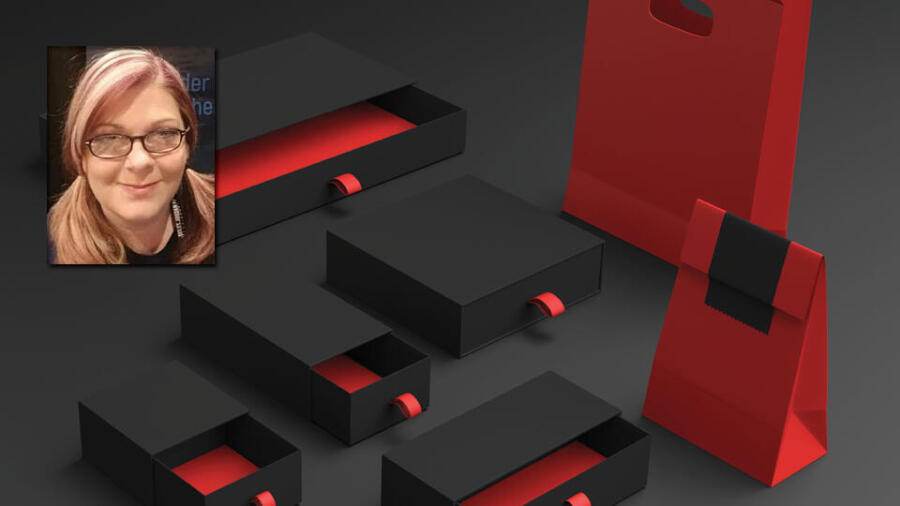When you bring a product to market, one of the most important elements is your packaging. The packaging acts as the “salesperson” to get the product out the door with happy customers. It doesn't matter if you have the most amazing product ever — if your packaging isn’t a good salesman when salesclerks are not there, it won’t sell well. You need your packaging to be the best salesperson for your product. The packaging should tell the consumer everything they need to know and answer every question that they may have about it. Packaging is the one thing that stands by your product to sell it every day as it sits on store shelves.
In the pleasure industry, a lot of consumers prefer to shop more privately because so many people are discreet about their sexual desires. They want to read details about what the product does, its size, how it is worn, how soft it is or how hard it is. These are the questions that you should answer on the packaging.
Packaging should tell the consumer everything they need to know about the product and answer every question that they may have about it.
For example, I have seen the same exact dress packaged two different ways with models showing off the garment by standing slightly differently. One model was showing that the dress had a slit, while the other model did not show the slit in the dress. The one not showing the slit did not sell well at all. The better salesperson in this case was obvious. The slit in the dress was a selling point for this product and showcasing this feature made everyone want to buy it.
Most consumers want to physically see the product, and often, packaging with open windows is the most effective way to showcase an item. Consumers want to get as close a look at the product as possible. They even want to touch the actual item. If there are no windows for them to see the product, some consumers will just open the boxes so that they can touch or see the actual product directly. This can turn the packaging into a bad salesperson because the packaging becomes torn up and bent.
Something else to consider is making sure the packaging is universally informative. People from all around the world might want your product. Your packaging should be a good salesperson in every language. One way to effectively communicate your product’s purpose on packaging is to use images. You can use graphics that show what the product looks like when worn, or how to put it on or what spot to use it for, to help the customer understand without using words. Most customers, no matter where they are from, will have a better understanding of a product when images are used. If you choose to use different language translations on your packaging, be aware that not everything translates correctly in different languages, especially when using innuendo. In translation, the meanings can easily be misinterpreted.
The shape of your packaging is also important, because your product packages are featured in displays. Retail stores are always creating displays with different products that are in the store. If your packaging is effective at selling itself, store merchandisers are more likely to incorporate your product into their showcase. The more the product is on display, the more it will move.
Remember that your packaging is not just something to hold a product until it gets to the customer. Your packaging is what will help to sell your product. When you package your product, ask yourself: Is my packaging going to be a good salesperson when it hits store shelves? Is this packaging easy for most customers to understand, no matter where they are from? Because you can bet if you have good packaging, your product will be traveling the world!
Nanci Smith is the owner of Nanciland Innovations, and the inventor of the Stealth Shaft Support. She is the winner of the 2021 WIA Woman of the Year award.









